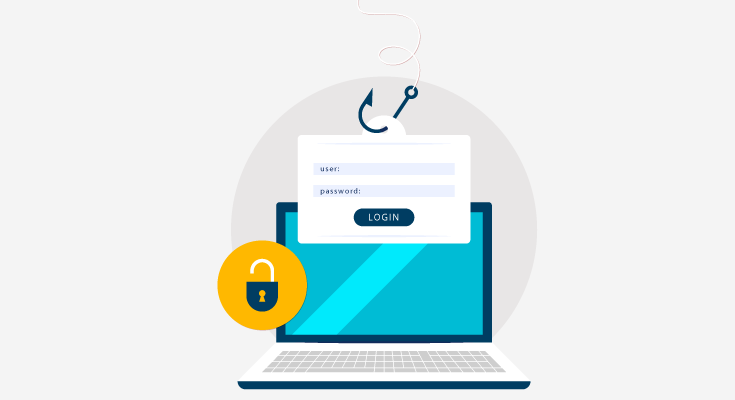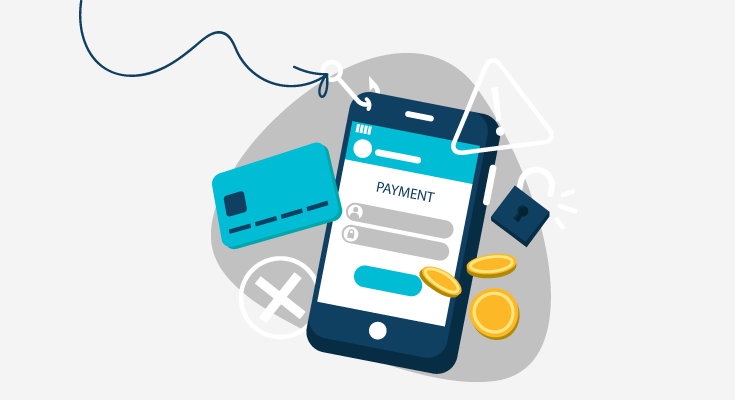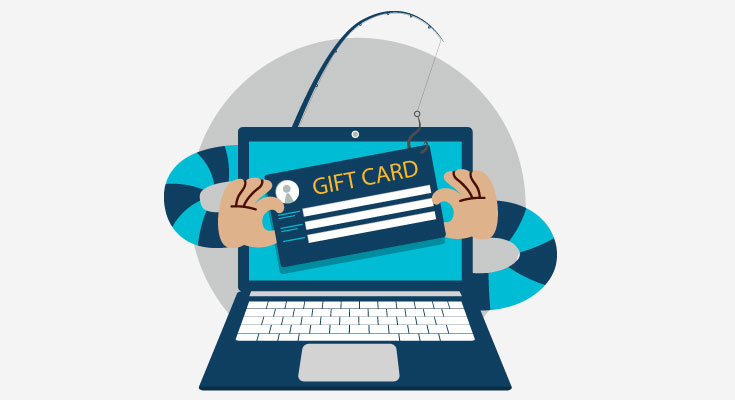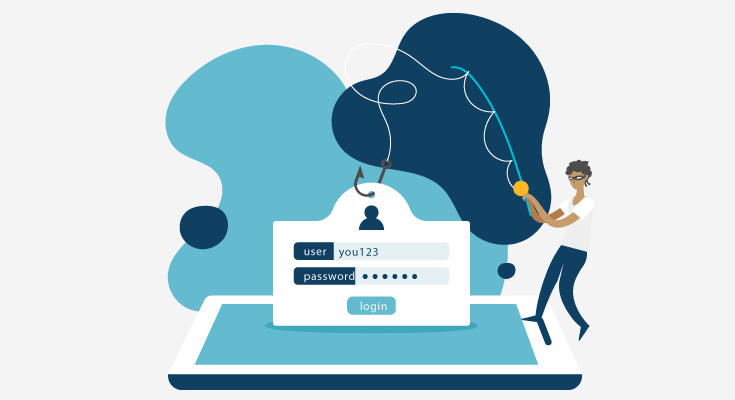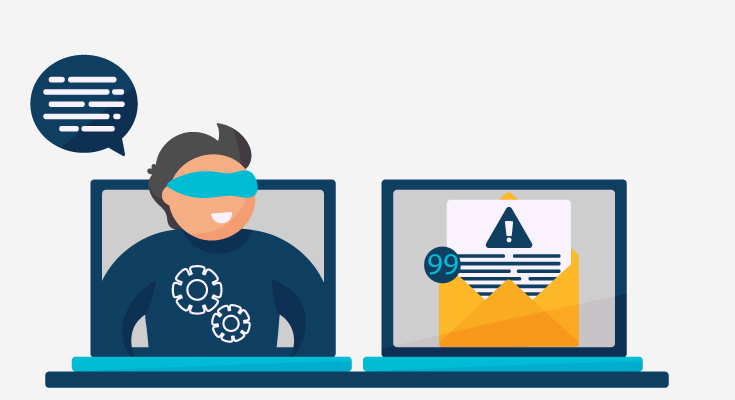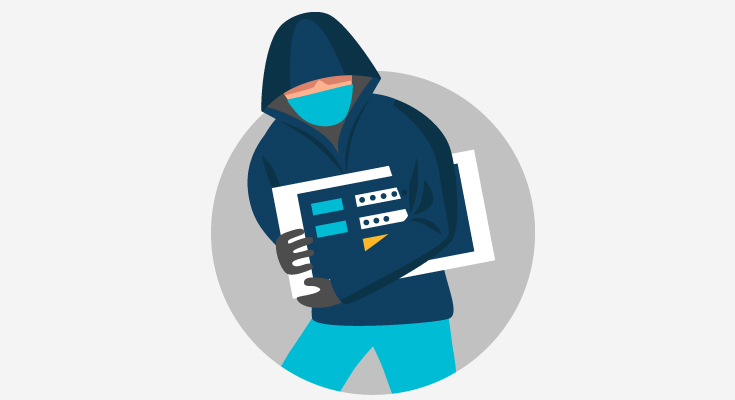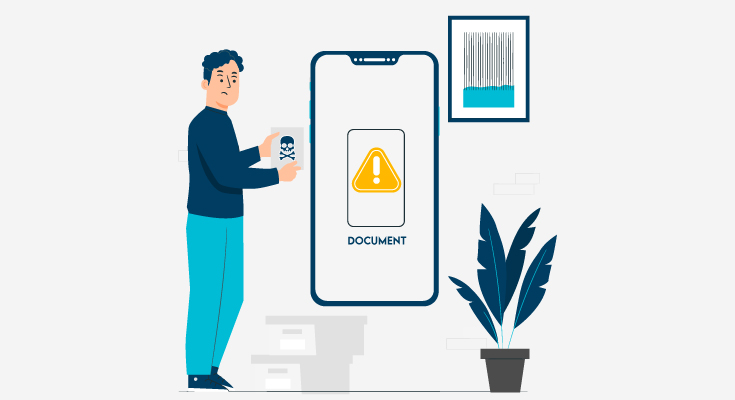Technological innovation has always been a double-edged sword. While it brings about immense progress and convenience, it also introduces new avenues for exploitation and fraud.
One similar threat is deepfake technology. Not just FinTech, but it has the potential potential to wreak havoc in several industries if left unchecked.
In this article, we’ll explore eight ways in which deepfakes can pose a significant threat to the FinTech industry.
What is Deepfake AI?
Deepfake AI refers to artificial intelligence (AI) technology specifically designed to create deepfake content. Deepfakes are synthetic media, generally videos or images. You must have seen the videos & images that are created using AI. In these media, a celebrity, a politician, or any famous individual’s face is plastered on another body.
Deepfake AI algorithms can analyze and manipulate existing media to generate highly realistic fake content that can convincingly depict individuals saying or doing things that never actually occurred.
Deepfake AI works by training neural networks on vast amounts of data, including images, videos, and audio recordings of the target individual. The AI learns the visual and auditory characteristics of the target, allowing it to generate new content that mimics the target’s appearance, voice, and mannerisms.
While deepfake AI has legitimate uses in fields such as entertainment and digital media production, it also poses significant risks. Especially when it comes to spreading misinformation, identity theft, fraud, and privacy violations.
As deepfake technology continues to evolve and become more accessible, it is essential for individuals, organizations, and policymakers to understand its capabilities and potential impacts, as well as to develop strategies for detecting and mitigating the risks associated with deepfakes.
8 Ways Deepfake AI Fraud is Impacting the FinTech Industry
1. Identity Theft and Fraudulent Transactions
Deepfake technology allows malicious actors to create highly convincing fake videos or audios of individuals. In the context of fintech, this could be used to impersonate customers or even high-ranking executives within financial institutions.
With these deepfake videos, fraudsters could potentially gain access to sensitive information, manipulate financial transactions, or authorize fraudulent payments.
2. Social Engineering Attacks
Deepfake technology can be leveraged to enhance social engineering attacks. By creating fake videos or audio of trusted individuals, fraudsters can deceive employees or customers into divulging confidential information or performing unauthorized actions.
This could lead to data breaches, financial losses, or even reputational damage for financial institutions.
3. Market Manipulation
In the interconnected world of finance, trust and credibility are paramount. Deepfakes can undermine this trust by spreading false information or manipulating market sentiment.
For instance, fake videos of influential figures making misleading statements about stocks or cryptocurrencies could cause panic selling or artificial price fluctuations, resulting in significant financial losses for investors.
4. False Evidence in Legal Proceedings
Deepfake technology has the potential to disrupt legal proceedings within the fintech industry. Fraudsters could use fabricated audio or video evidence to support false claims or invalidate legitimate transactions.
This could complicate investigations, prolong litigation processes, and ultimately undermine the integrity of the legal system.
5. Phishing and Malware Attacks
Deepfakes can also be weaponized in phishing and malware attacks targeting individuals or organizations in the fintech sector.
By impersonating trusted entities through fake videos or audio, cybercriminals can lure victims into clicking on malicious links, downloading malware-infected files, or providing sensitive information. This could lead to data breaches, financial theft, or system compromises.
6. Reputation Damage
For fintech companies, maintaining a strong reputation is crucial for attracting customers and investors. However, deepfake technology poses a significant threat to reputation management efforts.
A single convincing deepfake video portraying a CEO endorsing unethical practices or making offensive remarks could tarnish the reputation of an entire organization, leading to a loss of trust and credibility in the market.
7. Regulatory Compliance Challenges
The rise of deepfakes presents regulatory compliance challenges for the fintech industry. Regulatory bodies may struggle to detect and prevent the spread of fraudulent deepfake content, leading to gaps in compliance frameworks.
Moreover, the use of deepfakes in financial crimes could prompt regulators to impose stricter regulations and compliance requirements, increasing operational burdens for financial institutions.
8. Erosion of Trust in Digital Identities
In an increasingly digital world, trust in digital identities is paramount. However, the proliferation of deepfake technology threatens to erode this trust.
As deepfakes become more sophisticated and widespread, individuals may become more skeptical of digital communications and transactions, leading to reluctance to adopt fintech solutions and undermining the growth of the industry.
How to Detect a Deepfake Video?
There are some telltale signs that you can use to detect a deepfake video, such as:
- Poor Production Quality
As deepfake AI videos are fake, you can detect them if you pay a little attention. Some ways you could use poor production quality to detect deepfake videos include:
- Jerky movement
- Sudden changes in lighting
- Too much glare, too much light, glasses in the videos behaving erratically.
- Weird looking facial features. Especially focus on the eyes. Look for unnatural movement or facial features.
- Facial Features
Facial features can be very difficult to imitate, especially when it comes to imitating human eyes. If the eyes feel unnatural, the video is probably fake. Here are some facial features that you can look at to figure out if the video is fake:
- Unnatural looking facial structure
- Too smooth skin or too wrinkly skin
- Check if the face and hair are similarly aged
- Pay attention to the eyes and the eyebrows
- Look closely at the facial hair or lack of facial hair
- Check if the moles or spots on the face look real
- Pay attention to blinking
- Poor lip sync
Conclusion – Deepfake AI
In conclusion, deepfake technology poses a multifaceted threat to the fintech industry, ranging from identity theft and fraud to market manipulation and reputation damage.
To mitigate these risks, financial institutions must invest in robust cybersecurity measures, enhance employee training on detecting deepfake content, collaborate with regulators to develop effective countermeasures, and educate customers about the dangers of deepfake technology.
By staying vigilant and proactive, the fintech industry can effectively navigate the challenges posed by deepfakes and safeguard its integrity and stability in the digital age.
Frequently Asked Questions
What exactly are deepfakes, and how do they pose a threat to the fintech sector? Deepfakes are synthetic media created using artificial intelligence (AI) and machine learning techniques to manipulate or replace existing content, typically images or videos, with highly realistic results.
In the fintech industry, deepfakes can be used for identity theft, fraud, market manipulation, and other malicious activities, posing significant risks to financial institutions and their customers.
How can financial institutions detect and prevent deepfake-related fraud? Detecting and preventing deepfake-related fraud requires a multi-layered approach. This may include implementing advanced authentication mechanisms, leveraging AI-driven fraud detection systems capable of identifying suspicious patterns or anomalies in transactions, conducting thorough employee training programs to raise awareness about deepfake threats, and collaborating with cybersecurity experts and law enforcement agencies to stay ahead of evolving threats.
Are there any regulatory frameworks in place to address the risks associated with deepfakes in fintech? While regulatory bodies have begun to recognize the potential risks posed by deepfakes in various industries, including fintech, specific regulations addressing deepfake-related threats may still be in the early stages of development.
However, existing regulations related to data protection, cybersecurity, consumer privacy, and financial fraud may apply to mitigate the risks associated with deepfakes. Financial institutions are encouraged to stay informed about regulatory developments and ensure compliance with relevant standards.
How can individuals protect themselves from falling victim to deepfake-related scams? Individuals can take several steps to protect themselves from falling victim to deepfake-related scams. These include being cautious of unsolicited communications, verifying the authenticity of messages or requests from financial institutions or other trusted entities through alternative channels, avoiding sharing sensitive information or engaging in financial transactions based solely on digital communications, and staying informed about emerging cybersecurity threats and best practices for safeguarding personal information.
What role can technology play in combating the threat of deepfakes in fintech? Technology can play a crucial role in combating the threat of deepfakes in fintech with the use of advanced detection and verification tools. Businesses can identify manipulated content and enhance cybersecurity defences to prevent unauthorized access to sensitive financial data. Implementing blockchain-based solutions can ensure the integrity and immutability of financial transactions.
Additionally, collaboration between technology companies, financial institutions, researchers, and policymakers is essential to develop comprehensive strategies for addressing the evolving challenges posed by deepfakes.
